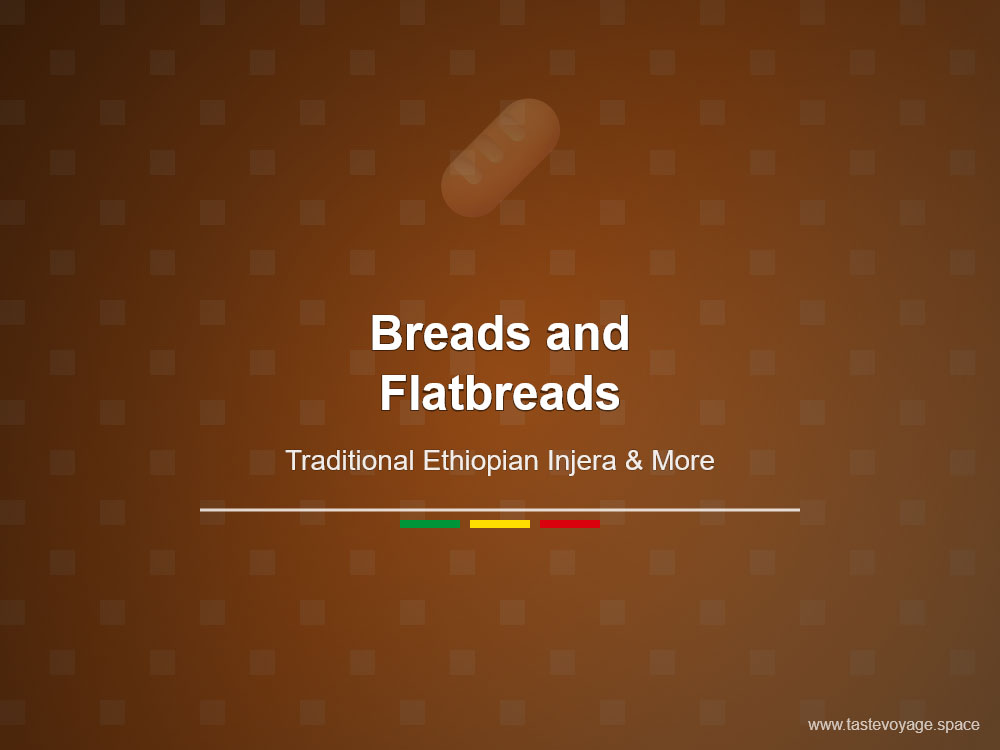Master Ethiopian Injera: Grandmother’s Authentic Recipe
Travel the World Through Food >> Breads and Flatbreads>>Ethiopian Cuisine>> Master Ethiopian Injera: Grandmother’s Authentic Recipe
Master Ethiopian Injera: Grandmother’s Authentic Recipe
The Cultural Significance of Ethiopian Injera
Ethiopian Injera is more than just a staple food; it is a symbol of community, tradition, and heritage. This iconic flatbread holds a special place in Ethiopian culture, serving as the centerpiece of many meals and social gatherings. Its unique texture and tangy flavor reflect centuries of culinary craftsmanship passed down through generations. When you enjoy Injera, you’re partaking in a rich cultural experience that connects families and communities through shared food traditions. It fosters a sense of belonging and continuity, making it an essential element of Ethiopian life.
The Culinary Significance of Injera
Injera is renowned for its distinctive spongy texture, which is achieved through a natural fermentation process. This process not only develops its signature tang but also enhances its nutritional value. Made primarily from teff flour, Injera is dense in protein, fiber, and essential minerals, making it a nutritious choice. Its porous surface acts as a natural utensil, allowing diners to scoop up Stews and salads directly with the bread. This method of eating encourages communal participation and creates a warm, inclusive dining environment. Moreover, Injera’s versatility makes it suitable for various dishes, from spicy lentil stews to vegetable medleys, showcasing its central role in Ethiopian Cuisine.
The Art and Craft of Traditional Injera Making
Making Injera like Ethiopian grandmothers do is an art rooted in patience and tradition. It involves a careful fermentation process that can take several days, resulting in a delicate balance of flavors. The process is often a communal activity, where family members gather to prepare the dough, monitor the fermentation, and perfect the baking. The skill lies in controlling the fermentation, achieving the perfect sourness, and baking the Injera to the ideal thickness. This tradition preserves cultural identity and emphasizes the importance of family and community bonds. The techniques and rhythms passed from generation to generation ensure that each piece of Injera carries the history and love of its creators.
Celebrating Ethiopian Food Culture
Enjoying Injera is an invitation to explore Ethiopian culinary heritage. It embodies a holistic approach to food—balancing taste, nutrition, and cultural expression. Many Ethiopian dishes are served atop a large, shared piece of Injera, encouraging communal eating and fostering connections among diners. This practice reflects the Ethiopian value of togetherness and generosity. Celebrating Injera invites appreciation for the craftsmanship involved and respect for the cultural stories embedded within each bite. It reminds us of the importance of preserving culinary traditions and sharing them with others.
In Conclusion
Ethiopian Injera is much more than a bread—it is a cultural emblem and culinary masterpiece. Its significance extends beyond nourishment, symbolizing community, tradition, and resilience. When you learn about Injera and the artistry behind its making, you open yourself to a world of authentic Ethiopian food culture. Embrace the opportunity to appreciate this iconic dish, and discover how it enriches the social fabric of Ethiopian life. With every bite, you engage with a tradition that has sustained generations and continues to inspire culinary enthusiasts around the world.
